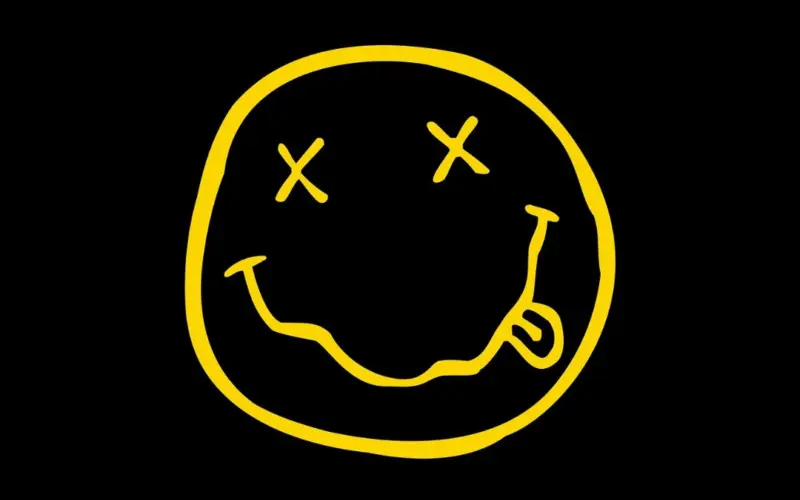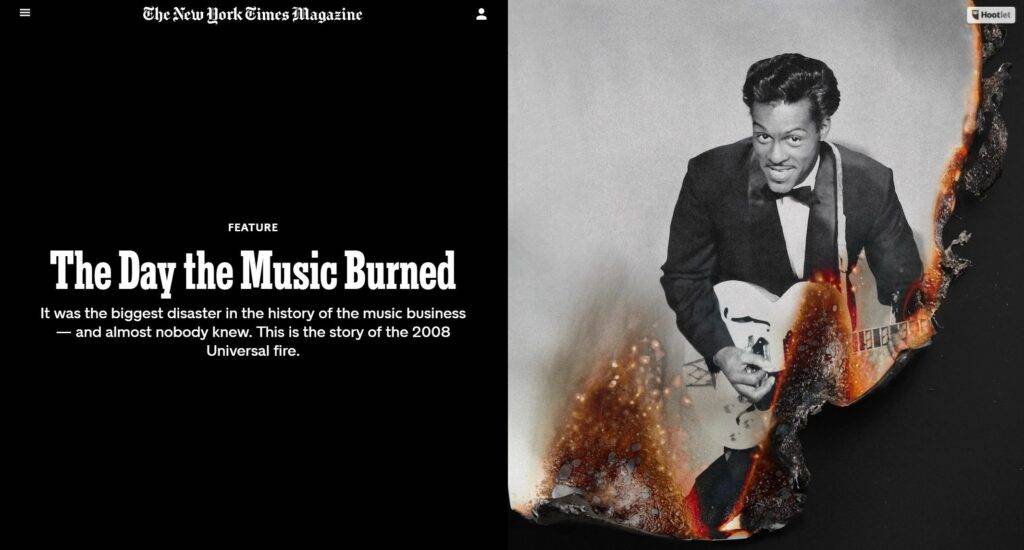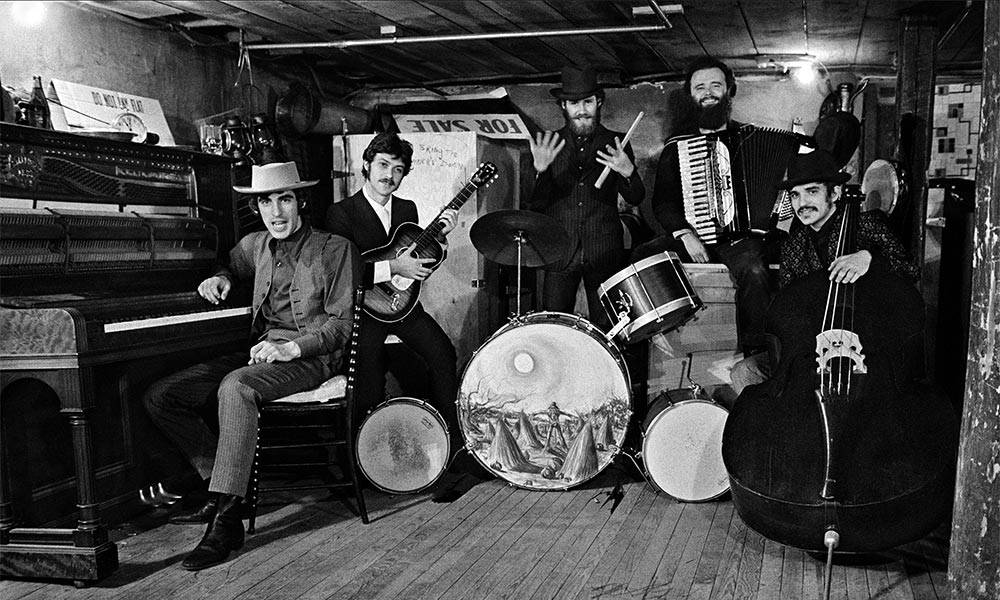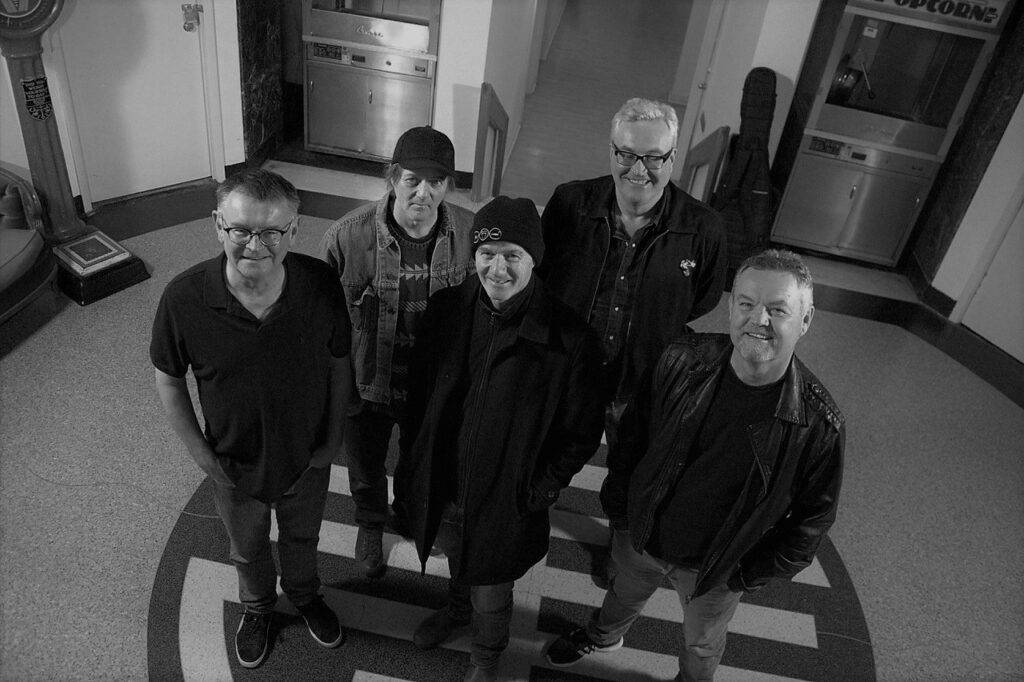
Story and Meaning Behind Nirvana’s Infamous Smiley Face Logo
Sometimes it’s the simplest designs that have the biggest impact.
While some bands and companies boast an elaborate logo and flashy advertising, for the ’90s grunge band out of Seattle—Nirvana—it was a modest squiggly-mouthed smiley face with Xs for eyes that has lasted over the decades.
But where did the design come from? What was its meaning, its impact? And what’s with all the legal controversy surrounding it? That’s exactly what we’ll dive into here today.
Origins
Comprised of frontman Kurt Cobain, bassist Krist Novoselic, and drummer Dave Grohl, Nirvana was and remains an iconic rock band. For many years, even after Cobain’s death in 1994, they were the biggest band in the world.
The group released their debut LP, Bleach, in 1989, on the Seattle label Sub Pop and just two years later shook the world with the release of their iconic album, Nevermind, in 1991. It took some time before the latter blew up and turned Nirvana into the world’s biggest band.
But when they launched Nevermind with a record release show in Seattle on September 13, 1991, their poster advertising the event boasted a now-familiar face: the yellow Nirvana squiggly-faced logo on a black background with Xs for eyes and a happy tongue sticking out. Soon that emblem would be on t-shirts, stickers, buttons, and other merchandise that would earn the band many bucks.
Some believe the logo was a riff on the Seattle strip club, The Lusty Lady, which had a similar resemblance to Nirvana’s “smiley face.”
Others say it came from Sub Pop’s first art director Lisa Orth (who later became a tattoo artist), who paid designer Grant Alden $15 to help create promotional materials for the band. It’s from Alden’s typesetting that the Onyx font was used, which became Nirvana’s signature font.
Cobain’s Doing?
Others say Cobain drew the logo in 1991, around the release of Nevermind, and the Sub Pop art department just ran with it because it was simple, easy, and made sense. The idea being: that if you listen to Nirvana you’ll feel nirvana, and thus, your eyes will become Xs and your mouth will curl into a strange-looking smile and your tongue will wag. Simple.
But because Cobain has been dead now for nearly 30 years, the origins of the design and whether or not it came from his hand, band or a paid artist remains unclear—and perhaps will forever.
Legal Controversy
In 2018, legendary fashion designer Marc Jacobs released a clothing collection called Redux Grunge Collection, which included a very clear rip-off of the smiley face logo. When Nirvana quickly found out about the clothing, which bore the near strikingly similar design, a lawsuit was filed against Jacobs for copyright infringement. In place of the Xs, eyes were “M” and “J” and in place of the “NIRVANA” name was “HEAVEN” via the same Onyx font.
The case was delayed in 2020 due to COVID-19 but the lawsuit is presumed to continue.
But the legal battle might have brought new facts to light. Forever, the thought was that Cobain had drawn it and thus the logo’s copyright was linked to his estate (his wife Courtney Love and daughter Francis Bean Cobain). But in September 2020, former Geffen Records art director Robert Fisher claimed it was he who drew the logo and not Cobain.
Reportedly, Fisher did design a lot of the band’s merchandise and artwork while Nirvana was on Geffen, but some wondered, why did Fisher wait nearly three decades to take credit?
And if Fisher did indeed draw it, then Marc Jacobs is not in violation of any copyright infringement with the Cobain estate. Hmmm…
But in a later complaint, Nirvana LLC has asked a California federal court to declare that Fisher does not own any rights to the design.
Conclusions
How the above case will churn out is anyone’s guess at this point. But it’s easy to imagine Cobain, in some creative haze, scribbling the squiggly smiley face and turning it into Sub Pop saying, “Here,” and walking away, thinking it would be fine for a poster. And given Nirvana’s giant stardom, anything from then could have become iconic. Their fans were thirsty for anything connecting them to the band.
But we’re sure Marc Jacobs did not design it.






Responses